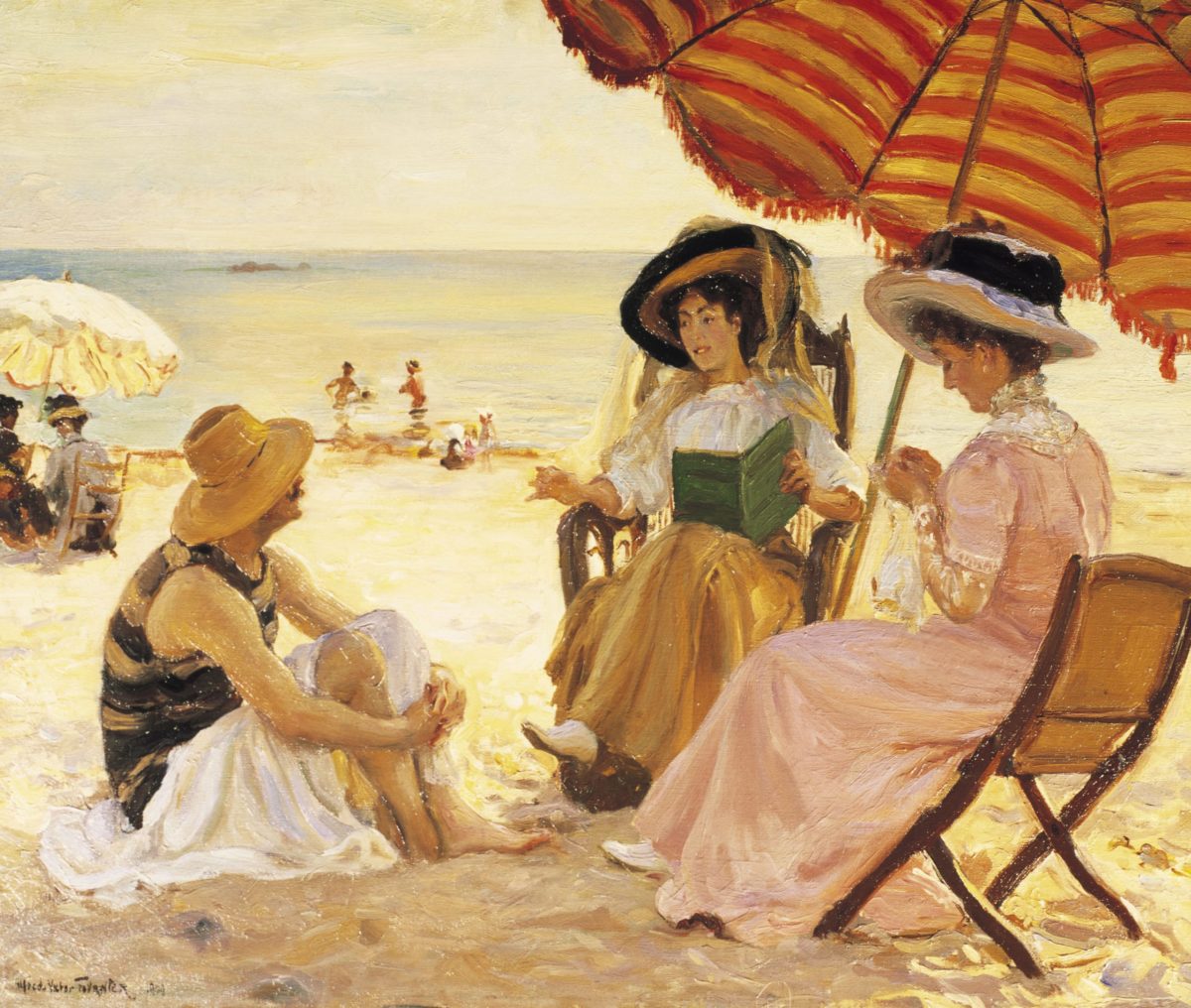Just because we at HistoryNet are obsessed with the past doesn’t mean we don’t kick back now and then. Sometimes, believe it or not, we even shuffle out of our tweed jackets, vintage flapper dresses and recreated Union uniforms and go to the beach — to read about history some more, of course! With the height of summer kicking in, we present our editors’ favorite books to sink into among the dunes.
I Could Never Be So Lucky Again
I recall a Dennis the Menace cartoon where the titular character is quizzing a visiting military man. The little scamp said something like, “If he did so much, why did they call him ‘do little’?” A dumb joke, yes, but it does apply to the career of Gen. James “Jimmy” Doolittle. He wasn’t a big man physically, but he was a giant in the aviation world, making his mark as a record-setter, racer, scholar and warrior — the last most memorably with the raid on Tokyo he commanded in April 1942. Doolittle covers all that in his wonderful 1991 autobiography, “I Could Never Be So Lucky Again.” It’s definitely worth a read — on the beach or anywhere else you may find yourself this summer.
— Tom Huntington, Editor, Aviation History
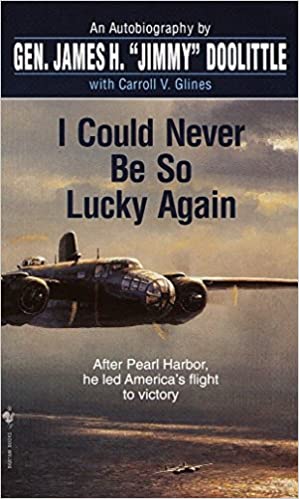
I Could Never Be So Lucky Again
by James Doolittle, Bantam, April 24, 2001
If you buy something through our site, we might earn a commission.
Ragtime: A Novel
This pioneering best-seller, the basis for a popular film and a Broadway musical, debuted in 1974 and remains a great summer read or reread as it were. E.L. Doctorow masterfully stirs together fin de siècle America as it was and that America as it conceived itself to be. To illustrate those distinctions, he populates his fourth book with genuine historical figures who, in context, interact with characters from a prosperous fictional family in New Rochelle, New York, an immigrant family from the Lower East Side and a Black couple whose experiences knit the tale together.
— Michael Dolan, Editor, American History
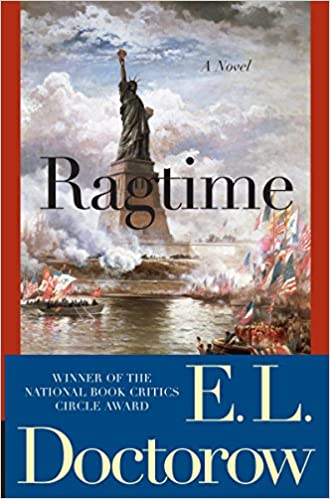
Ragtime: A Novel
by E.L. Doctorow, Random House Trade Paperbacks, May 8, 2007
If you buy something through our site, we might earn a commission.
With Wings Like Eagles: The Untold Story of the Battle of Britain
The full story of the epic air battle that saved Britain is my choice for a great summer read. The book is historian Michael Korda’s With Wings Like Eagles: The Untold Story of the Battle of Britain.
— Stephen Harding, Editor, Military History
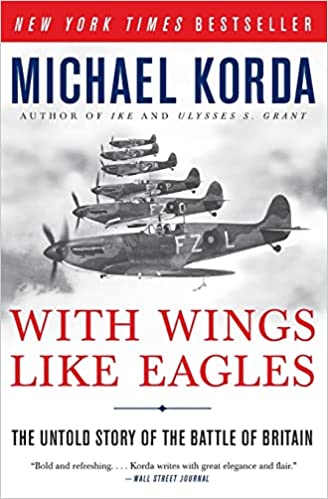
With Wings Like Eagles: The Untold Story of the Battle of Britain
by Michael Korda, Reprint edition January 19, 2010, Harper Perennial
If you buy something through our site, we might earn a commission.
Boots and Saddles, or Life in Dakota with General Custer
If you are a Western history fan and romance is on your mind this summer, your best bet might be the 1885 classic “Boots and Saddles, or Life in Dakota with General Custer.” The author, Elizabeth “Libbie” Custer, knew George Armstrong Custer better than anyone else — she was his wife and No. 1 supporter long after her man died at the Battle of Little Bighorn on June 25, 1876.
The famous Western couple married in 1864 when the “Boy General” was 25 and Libbie was 21. The author begins her story when the couple met during the Civil War in Monroe, Michigan, providing a different side to the controversial Army officer. The best part of this well-written book is her intimate and loving portrayal of George while she lived with him on the northern Plains before he met his end in Montana Territory.
“One day,” Libbie wrote, “my husband called me to the door,with a warning finger to come softly. He whispered to me to observe a bird perched on a branch and trying to get under the shade of two or three tiny leaflets that were struggling to live. Such a harbinger of hope made us full of bright anticipations of the day when our trees would cast abroad shadow.”
— Gregory Lalire, Editor, Wild West
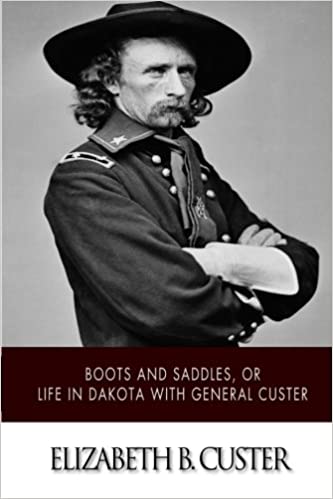
Boots and Saddles, or Life in Dakota with General Custer
by Elizabeth B. Custer, CreateSpace Independent Publishing Platform, December 5, 2014
If you buy something through our site, we might earn a commission.
Team America: Patton, MacArthur, Marshall, Eisenhower, and the World They Forged
Robert L. O’Connell’s irreverent four-pronged biography follows the lives and careers of World War II’s top generals: George S. Patton, Douglas MacArthur, George C. Marshall and Dwight D. Eisenhower. Melding rock-solid research with lively analysis of their larger-than-life personas, O’Connell makes a convincing case for why the foursome —whom he dubs “Team America” — is, and continues to be, history’s most influential cabal of military leaders. Yes, it’s named after the 2004 puppet movie. And in some parts, O’Connell’s prose is equally hilarious (albeit all true).
— Kirstin Fawcett, Associate Editor, World War II
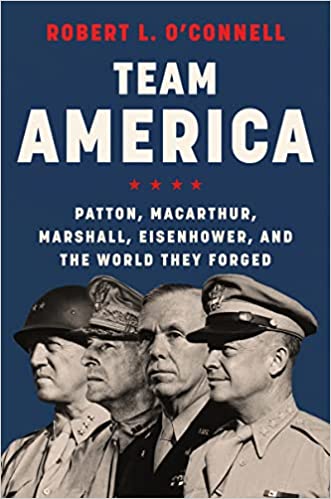
Team America: Patton, MacArthur, Marshall, Eisenhower, and the World They Forged
by Robert L. O’Connell, Harper, May 17, 2022
If you buy something through our site, we might earn a commission.
The Battle of An Loc
When the North Vietnamese Army’s Easter Offensive smashed across the Laotian and Cambodian borders on March 30, 1972, and thrust into South Vietnam, President Richard Nixon’s “Vietnamization” of the war (the gradual withdrawal of U.S. troops and increased combat responsibilities for the South Vietnamese) was near completion. Only two U.S. ground combat brigades remained in-country — the 196th Light Infantry Brigade in Military Region I near Da Nang and the 3rd Brigade, 1st Cavalry Division (Airmobile) in MR III near Saigon. But Hanoi egregiously miscalculated American determination to commit logistical and, especially, dominant air power resources to engage and virtually eliminate the NVA’s combat power.
No better example of that commitment is the 66-day battle for An Loc in MR III. One of the participants in that struggle was James H. Willbanks, a U.S. Army adviser working with the Army of the Republic of Vietnam who was wounded and evacuated during the fight. His book, “The Battle of An Loc,” is the classic account of this pivotal battle that turned back the 1972 NVA offensive, after inflicting grievous losses on communist forces (100,000 NVA casualties, over 250 tanks destroyed). Moreover, the ARVN/U.S. victory in 1972 clearly shows how the end of American military support prevented South Vietnam from prevailing three years later when Hanoi launched essentially a repeat of its 1972 Easter Offensive and overran Saigon, handing the North the final victory in the Vietnam War in April 1975.
— Jerry Morelock, Senior Editor, Vietnam
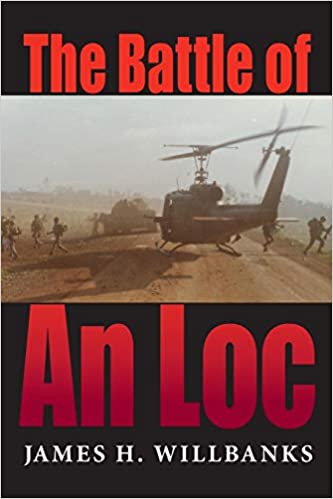
The Battle of An Loc
by James H. Willbanks, Indiana University Press, August 27, 2015
If you buy something through our site, we might earn a commission.
SAS: Rogue Heroes
If you like riveting battle stories, adventure and larger-than-life warriors, I would highly recommend Ben Macintyre’s “Rogue Heroes.” Macintyre charts the origin story of Britain’s elite Special Air Service during World War II with a combination of meticulous detail and colorful writing that makes you feel as though you’re reading a rollicking thriller novel.
This book, however, is straight nonfiction, based on facts the author uncovered through methodical research. The author conveys the personalities and methods of the founding fathers of the SAS and their comrades. This motley bunch of fighters used grit and wits to give the Germans a run for their money on more than one occasion — and in doing so revolutionized warfare and formed what became one of the world’s top special forces units. I enjoyed reading about the battlefield bravery of Robert Blair “Paddy” Mayne, one of my favorite heroes. If you want solid war history that is also a good read, this is one book you can’t miss.
— Zita Ballinger Fletcher, Senior Editor, Vietnam and Military History
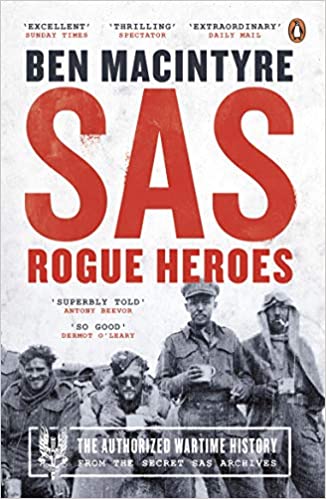
SAS: Rogue Heroes
by Ben Macintyre, Random House, October 4, 2016
If you buy something through our site, we might earn a commission.
Meade at Gettysburg: A Study in Command
Do we need another book on the Battle of Gettysburg? In this case, yes! I highly recommend, “Meade at Gettysburg: A Study in Command” by Kent Masterson Brown. Brown, already acclaimed for his 2005 book, “Retreat from Gettysburg: Lee, Logistics, and the Pennsylvania Campaign,” has proven once again there is still more to learn about the epic fight in Pennsylvania.
Brown digs deep to provide a new look at Meade, one that brings to light difficulties in supply and communication faced by the new Army of the Potomac commander that other studies have not mentioned. You’ll be fascinated, for example, by the efforts and skill Herman Haupt exerted to repair damage to railroads and telegraph wires running to Baltimore and Washington, D.C., caused by Jeb Stuart’s horsemen.
Get this book, sit on the porch (or in the AC if you prefer), and enjoy this summer read on the U.S. commander at the biggest summer battle of the Civil War.
— Dana B. Shoaf, Managing Editor of Print, Editor, Civil War Times
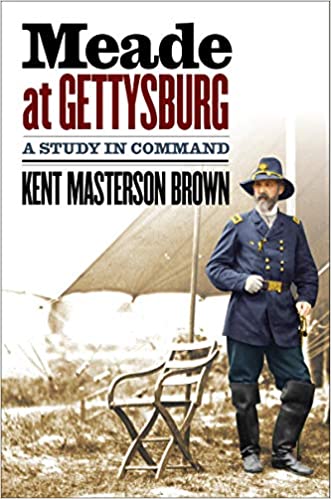
Meade at Gettysburg: A Study in Command
by Kent Masterson Brown, The University of North Carolina Press, June 7, 2021
If you buy something through our site, we might earn a commission.

